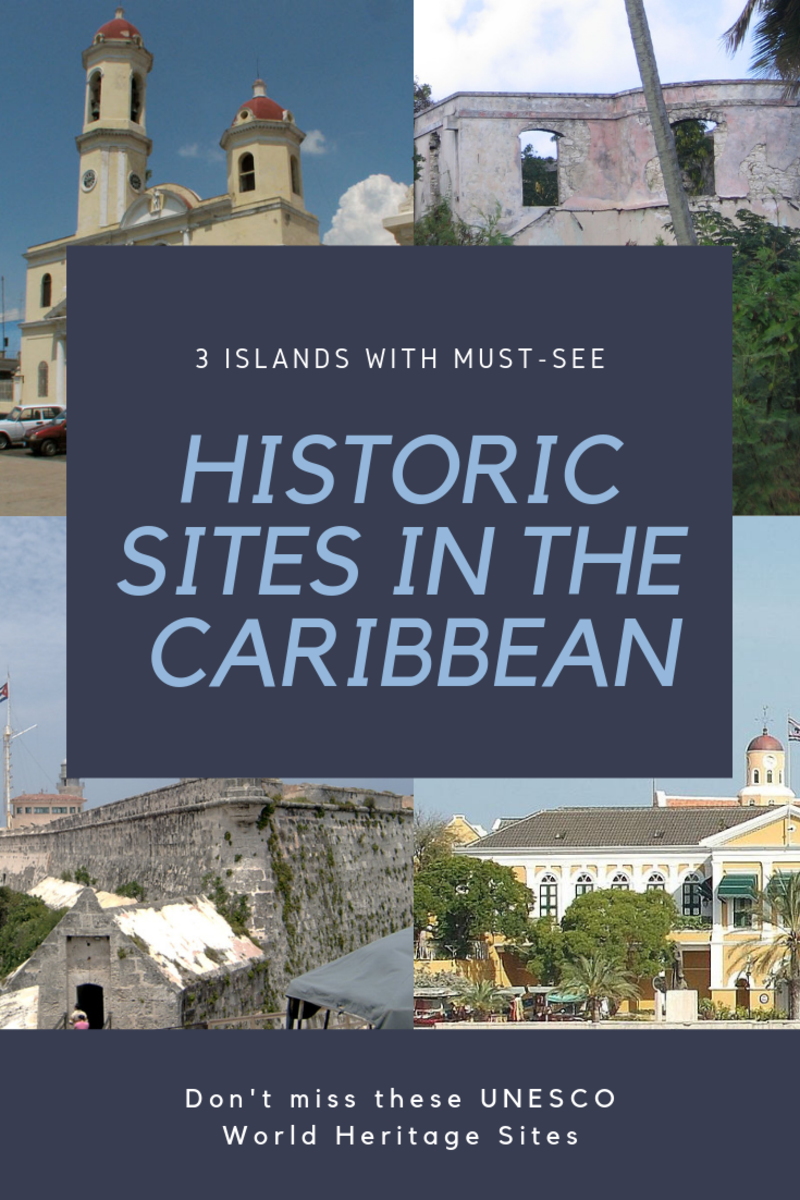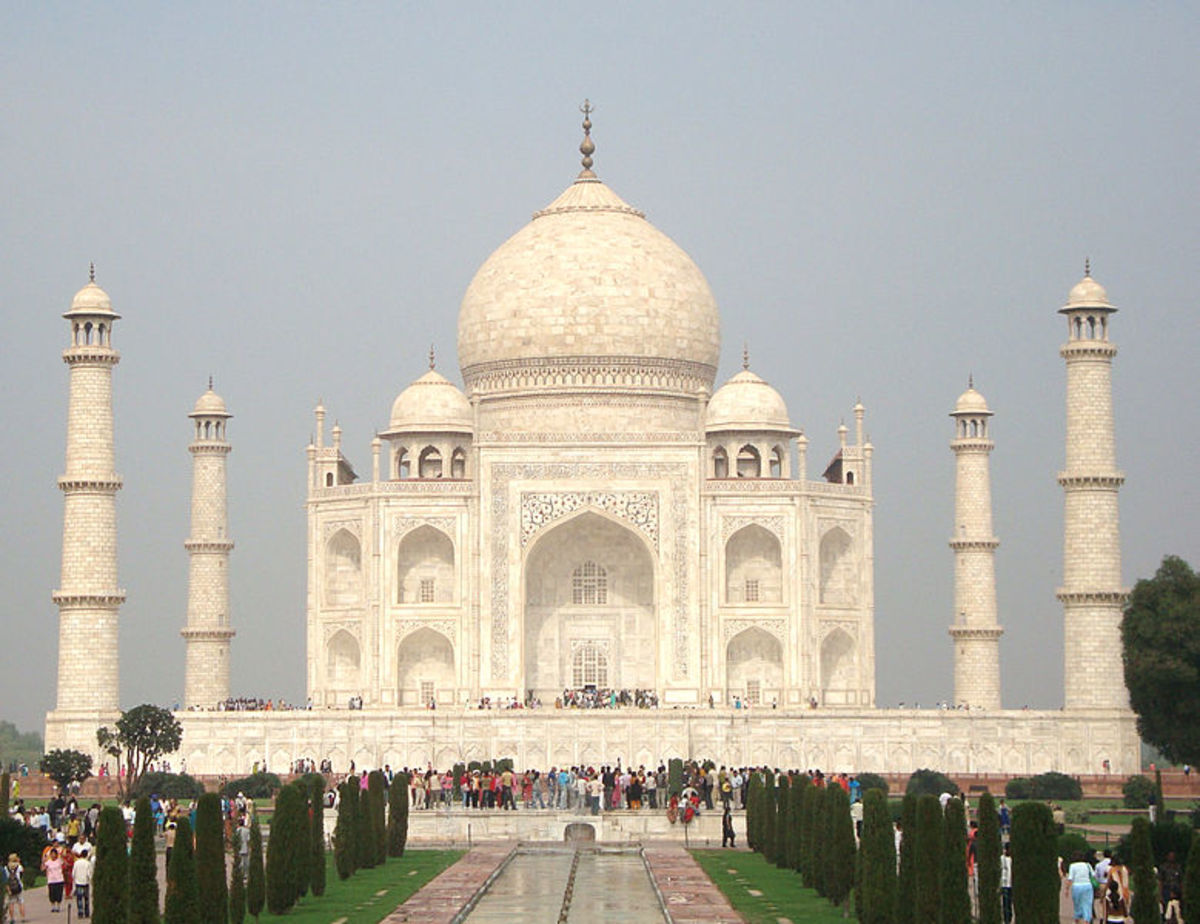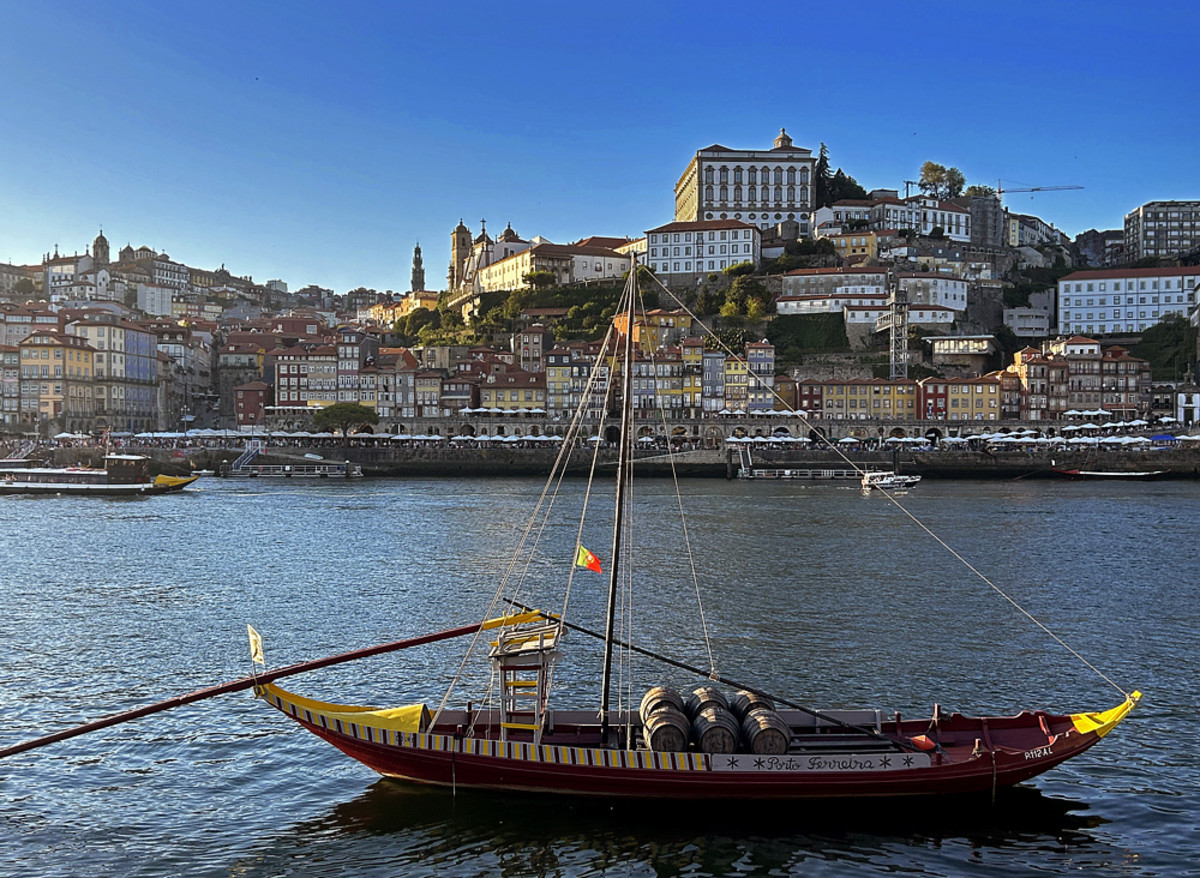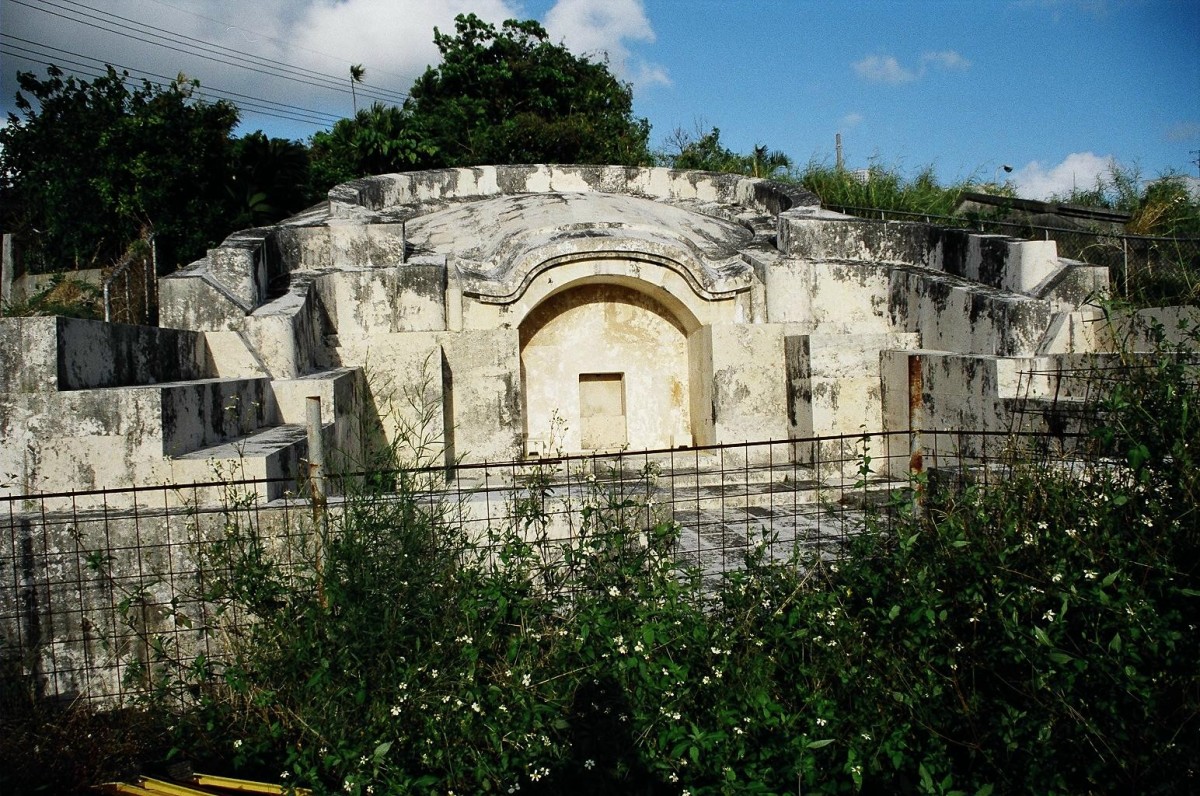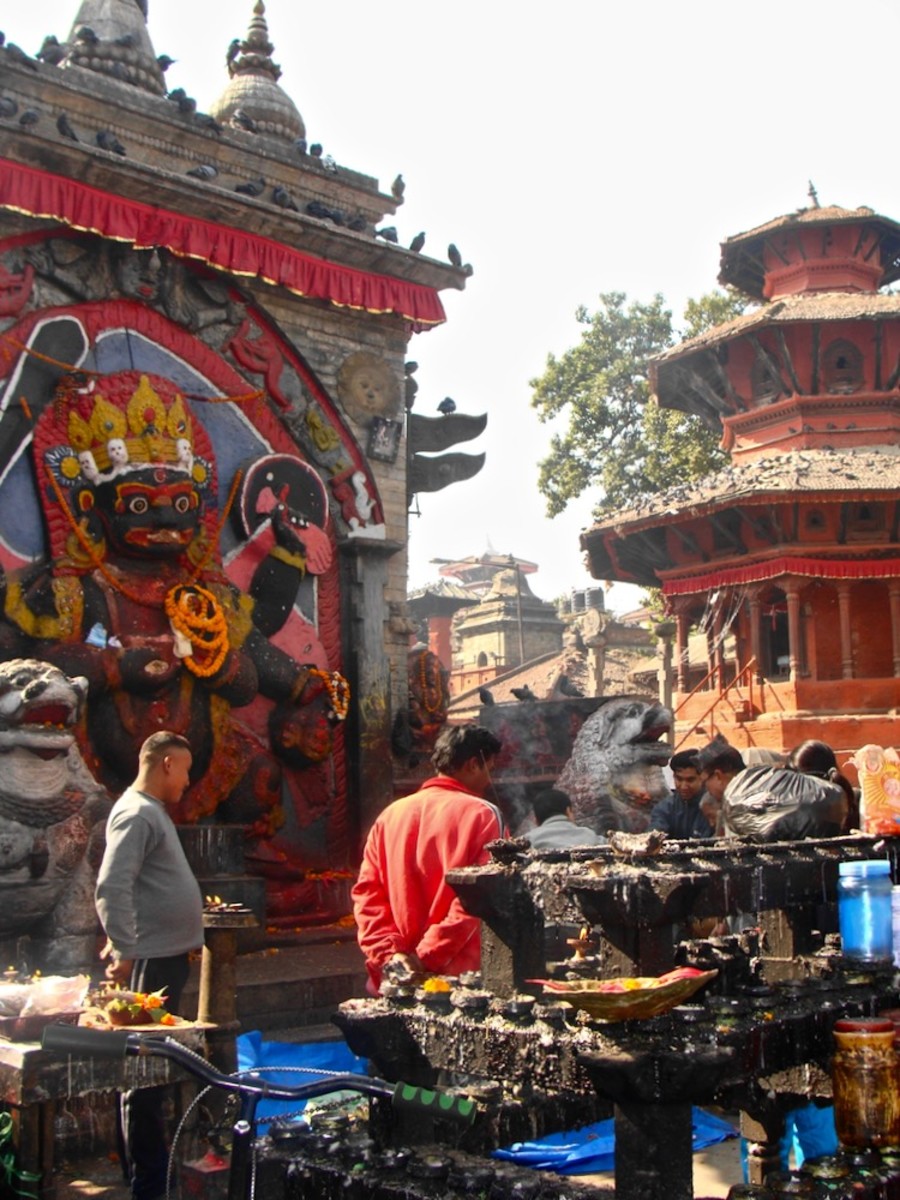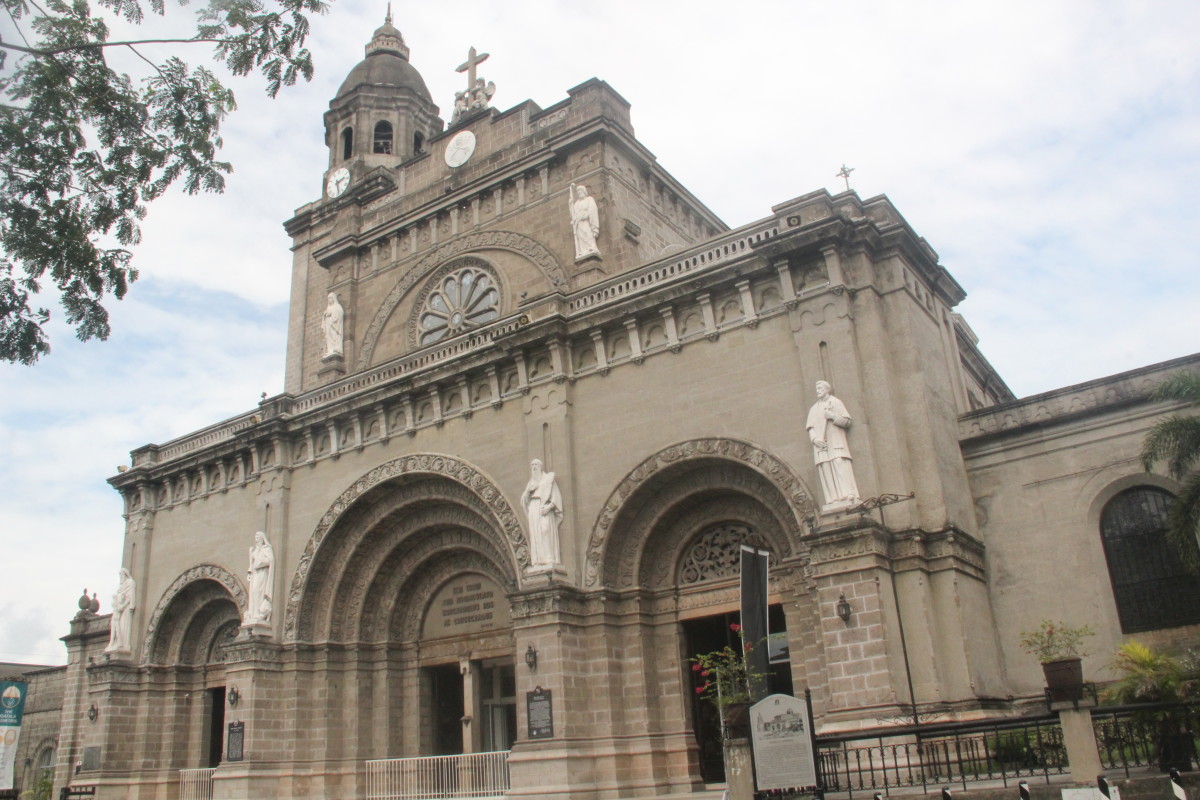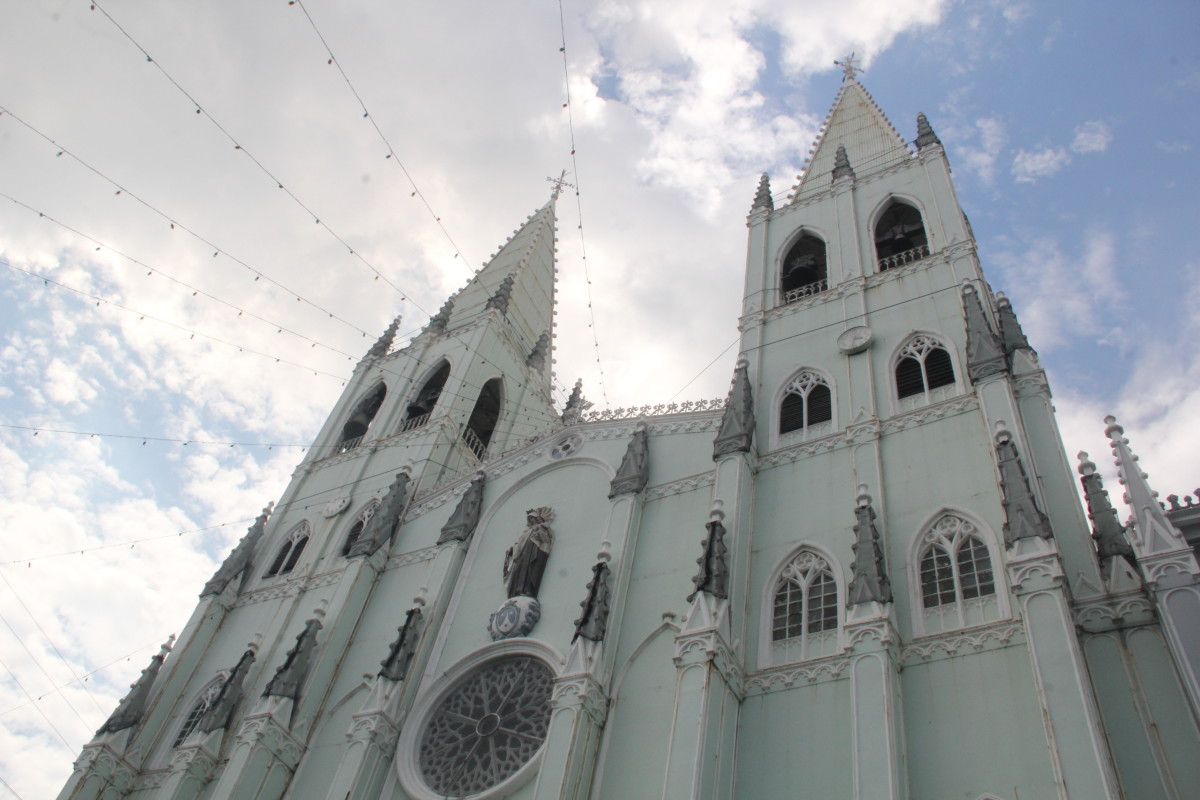- HubPages»
- Travel and Places»
- Visiting Asia»
- Southeastern Asia
UNESCO Natural World Heritage Sites of the Philippines: a Very Long Underground River and a Diver's Paradise
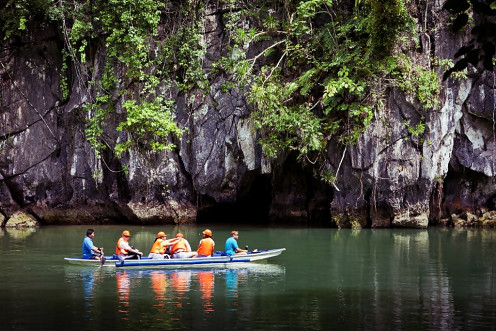
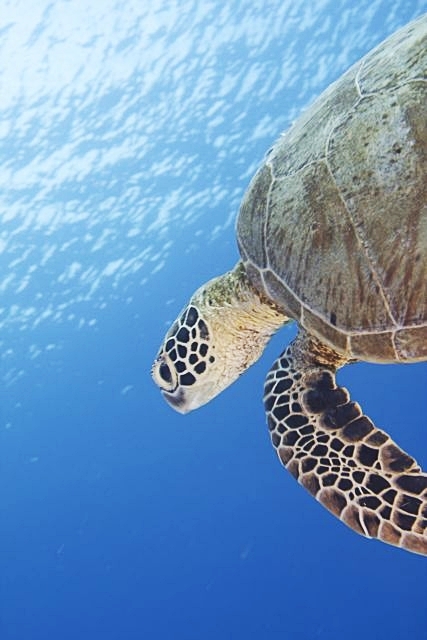
There are currently two natural world heritage sites that are found in the Philippines.
The places that were declared natural world heritage sites by the UNESCO are the Tubbataha Reefs Natural Park in the Sulu Sea and the Puerto Princesa Subterranean River in Puerto Princesa.
Both of these UNESCO Natural World Heritage Sites can be reached from Puerto Princesa, capital of Palawan province, in the Philippines.
Puerto Princesa Subterranean River National Park: a Natural World Heritage Site that Has One of the Longest Underground Rivers in the World
One of the world’s longest underground rivers is in the Puerto Princesa Subterranean River National Park, a UNESCO Natural World Heritage Site that boasts of an impressive karst cave.
The Puerto Princesa Subterranean River National Park features an ecosystem that starts from a mountain and then empties into the sea.
Thus, this natural world heritage site shelters an astounding amount of biodiversity and harbors several of the most important forests in the whole of Asia.
Reasons for Declaring Puerto Princesa Subterranean River National Park a UNESCO Natural World Heritage Site
The Puerto Princesa Subterranean River National Park was declared a world heritage site by the UNESCO on December 4, 1999 for two reasons:
- The Puerto Princesa Subterranean River National Park has an exceptional level of natural beauty that actually represents a phenomenon in nature.
In this case, this natural world heritage site has a mountain-to-sea ecosystem that is said to be aesthetically important and rare.
It has a limestone karst cave that can be accessed by navigating the 8.2-kilometer underground river inside the cave.
In the cave, one can find amazing stalactites, stalagmites, and large chambers.
While its entrance is a mountain landscape, the Puerto Princesa Subterranean River empties into the South China Sea.
- The Puerto Princesa Subterranean River National Park contains important natural habitats that are essential in the survival of many species of animals, including those that are threatened from the standpoint of conservation and are of outstanding value from the standpoint of science.
In this UNESCO Natural World Heritage Site, one can find eight out of the 13 types of forests found in Asia.
These forests are called beach forest, forest over limestone soils, freshwater swamp forest, lowland evergreen tropical rainforest, mangrove forest, montane forest, riverine forest, and ultramafic soils.
There is also a staggering amount of flora and fauna in this UNESCO Natural World Heritage Site.
It has about 800 plant species, 165 bird species, 30 mammal species, 19 species of reptiles, and nine species of bats.
Tubbataha Reefs Natural Park: a UNESCO World Heritage Site that is a Diver’s Paradise
An expansive natural world heritage site of incredible amount of marine life and pristine coral reefs is the Tubbataha Reefs Natural Park.
This 130,028-hectare atoll coral reef actually covers both Tubbataha and the Jessie Beazley Reefs, three atolls, and a deep sea.
It is home to 500 species of fish and 350 species of coral.
It is also a refuge for a substantial number of seabirds breeding in the area.
Some of the animals found in this natural world heritage site are dolphins, sharks, turtles, whales, and wrasse.
Reasons for Declaring the Tubbataha Reefs Natural Park a UNESCO World Heritage Site
The Tubbataha Reefs Natural Park was inscribed in the UNESCO World Heritage List in 1993 for three reasons.
- The Tubbataha Reefs Natural Park features unspoiled reefs that give refuge to a very high diversity of marine life.
This UNESCO Natural World Heritage Site has a large swath of deep sea, where one can find reef flats and perpendicular walls of as deep as 100 meters.
In the deep sea, divers can chance upon large schools of fishes, turtles, sharks, and cetaceans.
- The Tubbataha Reefs Natural Park is located in an area that is considered as one of the Philippines’ oldest ecosystems – the central part of the Sulu Sea.
Largely because of its location, this UNESCO Natural World Heritage Site is a microcosm of the much larger marine ecosystem outside of its boundaries.
For one, the Tubbataha Reefs Natural Park displays continuing formation of coral reefs.
It also demonstrates ecological balance since top predators are found in substantial number in the area.
- The Tubbataha Reefs Natural Park is a major refuge for endangered marine species. It supports 479 species of fish, 374 species of corals, 11 species of cetaceans, 11 species of sharks, and seven species of breeding seabirds. This UNESCO Natural World Heritage Site in the Philippines also has important breeding grounds for countless of species of marine animals.
Copyright © 2011 Kerlyn Bautista
All Rights Reserved
More About Travels in the Philippines
- 10 Best Island Destinations in the Philippines
- 4 Most Exquisite Baroque Churches in the Philippines
- 5 Most Stunning Scuba Diving Sites in the Philippines
- Priceless Cultural World Heritage Sites in the Philippines
- Top 20 Places to Visit and Things to Do in the Philippines
- Top 10 Philippine Festivals that Filipinos Love

